How It's Made
Say Hello to Heather Young, Research Manager

What do you do?
I started as a team of one in 2017 and now I’m building a research team to support the 20+ product teams we have at Instacart!
How did you get into design research?
There are two aspects of research that resonate with my personality and skillset: First, I’m from the midwest, so I am excessively friendly to strangers, which is helpful when interviewing users in the lab but especially in the wild—a core function of a qualitative researcher. Secondly, I am innately organized — I have always been fascinated by patterns and themes in everyday life, so working with data comes naturally.
Practically speaking, I got into social science research as an undergraduate at Northwestern, initially doing data entry, then data collection, and eventually managing a lab focused on college students’ information-seeking behaviors (http://www.webuse.org). I loved learning through behavioral observation and by listening to what people had to say, so I joined a graduate program at Northwestern called Media, Technology, and Society.
After completing my MA, I joined an agency focused on user research and design, where I learned how my social science research skills translated to an applied setting. I learned a great deal from other UX research consultants as we supported clients ranging from medical device manufacturers to insurance companies. This diversity in client needs also necessitated a variety of methods, including summative human factors testing for the FDA, longitudinal ethnography of television, plenty of usability testing, and everything in between.
What makes everything worth it?
Hearing our customers use “Instacart” as a verb!
What’s the greatest piece of career advice you’ve ever received?
Everyone is responsible for setting their own boundaries.
What advice would you give to a researcher just starting out?
I feel that starting my career as a consultant was ideal. This gave me exposure to different industry verticals and methods, taught me about the various functions research can have in a business, and helped me understand the importance of polish and professionalism.
Where do you find inspiration?
I get inspired any time I talk to shoppers and customers! It’s very rewarding to hear about the impact that Instacart has on folks’ lives and they have great ideas for how we can improve.
Working on various projects at Instacart, which one was the most challenging and exciting for you?
The diversity of our shopper base presents unique challenges. Some only pick up a few orders because they enjoy grocery shopping, while others shop up to 60 hours a week. Ensuring we have this diversity represented in our research so we can design systems that work for all shoppers is always an interesting challenge, and it’s exciting when we can come up with flexible solutions that work for everyone.
Where did you grow up and what made it special?
I grew up in a small town called Tonganoxie, Kansas. What makes it special? There is a widely known (perhaps mythical) weather phenomenon called the “Tonganoxie Split” that supposedly prevented the town from being struck by a tornado…until 2000.
What was the first thing you ever designed researched?
When I was a kid, if I wasn’t satisfied with a product, my mom taught me to contact the manufacturer to share my feedback. Somehow this landed me a spot as a tester for Consumer Reports — they would send me free products to evaluate and I would fill out a form with my feedback. I have always loved completing surveys.
What is something you’re most proud of in your life/career?
I feel great about the fact that the research I have done throughout my career has served to help companies create products that truly meet the needs of their users. As a consultant, I worked on an injection device for people with multiple sclerosis, to make the process of giving oneself twice daily injections simpler and safer. At Instacart, we are transforming the experience of shopping for groceries so our customers can live happier and healthier lives by gaining easy access to the foods they love while saving time.
What’s your favorite thing to order on Instacart? OR What role does food play a part in your life?
I occasionally order myself a cake, champagne, and flowers from Bi-Rite for no reason at all.
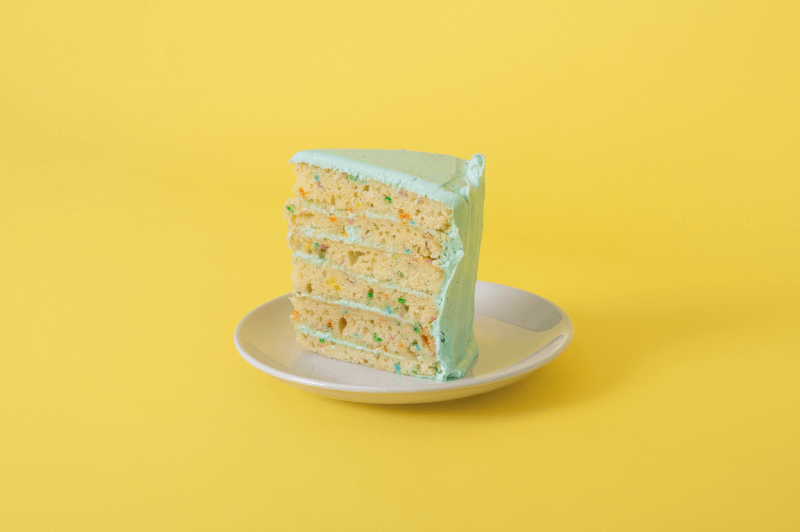
Come research with Heather.
If you’re excited about defining the future of a one trillion dollar industry, building an ad-serving network for groceries, scaling the world’s most extensive grocery catalog, perfecting a real-time on-demand logistics chain, all while simultaneously designing the future of food for millions of people, you should take a look at the available opportunities or reach out to someone from the team.

Most Recent in How It's Made
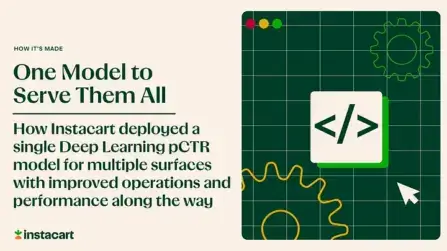
How It's Made
One Model to Serve Them All: How Instacart deployed a single Deep Learning pCTR model for multiple surfaces with improved operations and performance along the way
Authors: Cheng Jia, Peng Qi, Joseph Haraldson, Adway Dhillon, Qiao Jiang, Sharath Rao Introduction Instacart Ads and Ranking Models At Instacart Ads, our focus lies in delivering the utmost relevance in advertisements to our customers, facilitating novel product discovery and enhancing…
Dec 19, 2023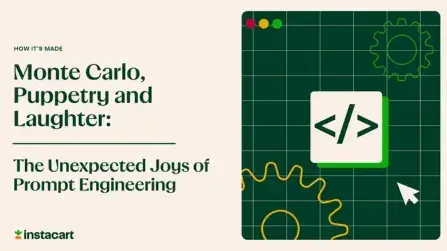
How It's Made
Monte Carlo, Puppetry and Laughter: The Unexpected Joys of Prompt Engineering
Author: Ben Bader The universe of the current Large Language Models (LLMs) engineering is electrifying, to say the least. The industry has been on fire with change since the launch of ChatGPT in November of…
Dec 19, 2023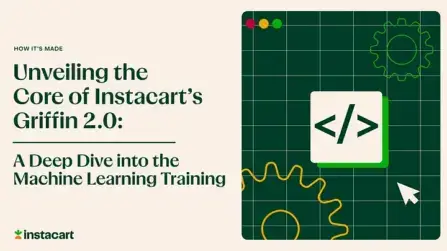
How It's Made
Unveiling the Core of Instacart’s Griffin 2.0: A Deep Dive into the Machine Learning Training Platform
Authors: Han Li, Sahil Khanna, Jocelyn De La Rosa, Moping Dou, Sharad Gupta, Chenyang Yu and Rajpal Paryani Background About a year ago, we introduced the first version of Griffin, Instacart’s first ML Platform, detailing its development and support for end-to-end ML in…
Nov 22, 2023

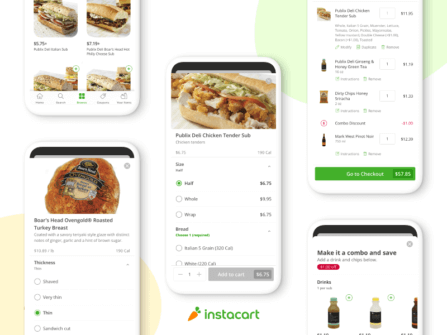 Building Instacart Meals
Building Instacart Meals  Introducing Coil: Kotlin-first Image Loading on Android
Introducing Coil: Kotlin-first Image Loading on Android 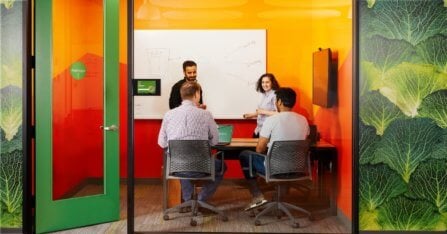 7 steps to get started with large-scale labeling
7 steps to get started with large-scale labeling 
